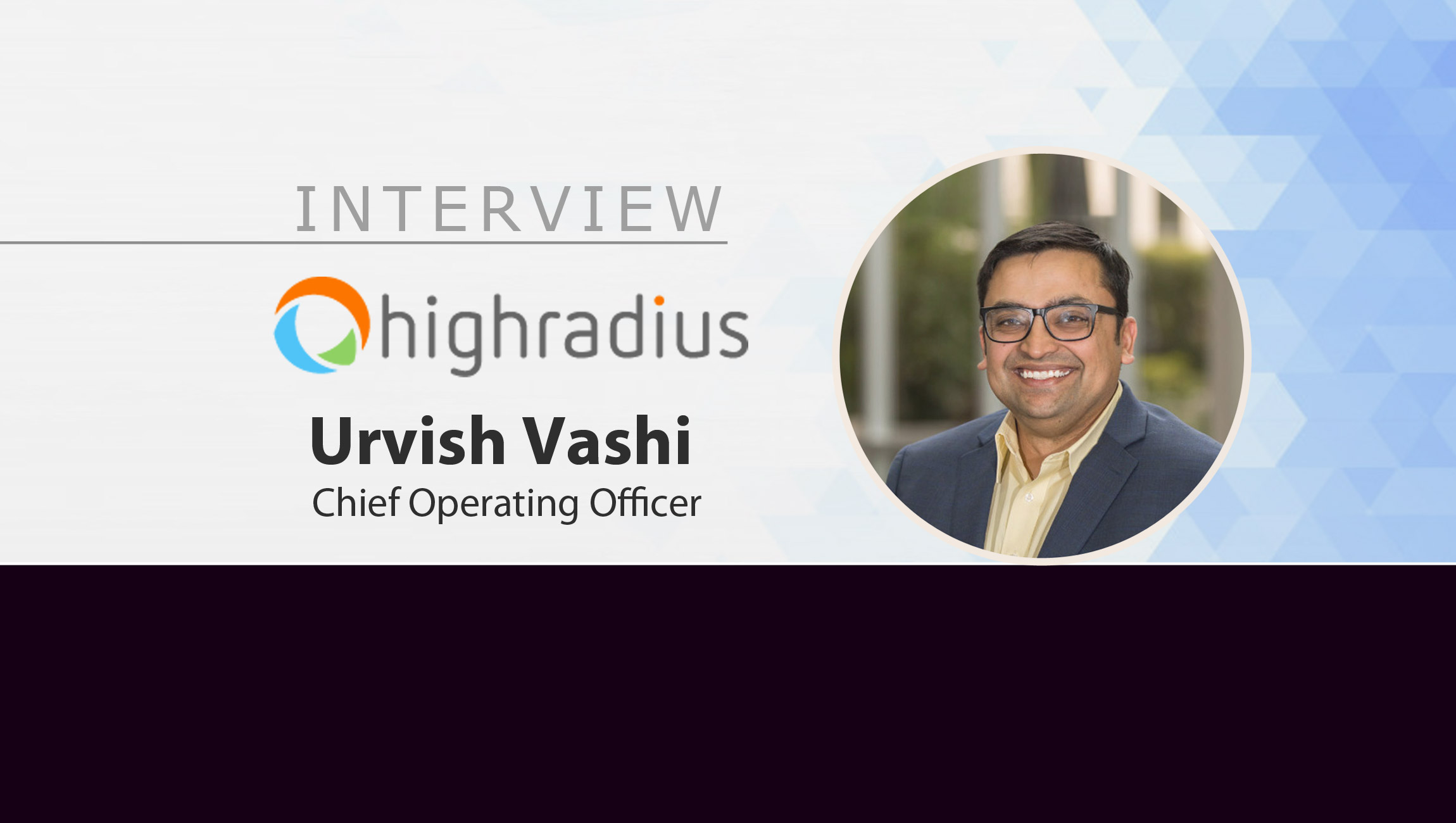Digital agencies heaved a huge sigh of relief last week when Google announced it would kick the can another two years before eliminating third-party cookies. Our advertising ecosystem is a mega skyscraper of cookie-dependent audience targeting, floor stacked upon floor. We may be one of the only media agencies disappointed in Google’s decision to delay the depreciation of cookies on Chrome. I have three main reasons for this frustration, which can also be ways that marketers can take advantage of the reprieve.
Marketing Technology News: Strata Introduces Identity Orchestration Platform for Multi-Clouds
1) Fraud – Start Really Concentrating on It
Yes, fraud is related to cookies in a roundabout way, primarily due to metrics’ benchmarking, especially around costs. The benchmark metrics that brands currently know and use for optimization are vulnerable to fraud. You want lower costs per click? Bots can click! Clicks, conversions and even form fills can be created. You know what else bots can hijack? Valuable, higher-CPM impressions that are sold to target uber-specific audience segments.
If we as a media-buying industry need to reevaluate and evolve our benchmark metrics because bots can inflate them, we may as well do it when we simultaneously need to experiment with less targeted impression bidding. In other words, if your CPA costs initially increase because your historic cost savings may have been partially attributable to non-human traffic, start experimenting now with the potential CPA increases. Digital teams often become hyper-focused on month-over-month ROAS, month-over-month benchmark improvements, without context of strategic, legitimate and real-human long-term growth. We’ve discovered the quality of traffic can actually improve business outcomes. One quick tip here: Use a data visualization tool to compare quality of traffic, over time, against business outcomes, over time. You may see month-to-month fluctuations in benchmark metrics, but your slope of improvement should be positive.
2) Marketing Science Lessons from Offline Media, Particularly the Lesson of “Reach”
The micro-moment is absolutely crucial. If you are a fitness brand you want those micro-moment impressions with consumers who are searching for fitness. Although, your fitness brand also needs to leverage awareness and consideration. Those “reach” impressions – video, rich media units, higher-funnel audiences, maybe even offline media – have initial higher conversion costs, but marketing science tells us without inclusion on consumers’ consideration set, growth is stunted.
Most digital agencies only know digital. Their practitioners only know cookies and the cookie-produced metrics, so they’re a bit unnerved at the prospect of cookie deprecation. Nevertheless, brands and agencies should get comfortable with digital targeting outside of behavior and developing models to prove that value.
McKinsey marketing research tells us that brands on consumers’ initial consideration set are 2x more likely to be purchased than brands considered later in the decision journey. Brand loyalty is not what it used to be. And you know what else the internet has enabled? Consumers’ ability to conduct lots of competitive research. Brands and agencies should experiment with digital targeting outside of recent behavior and develop models to prove the long-term value of branding and building consideration against larger-reach audiences. From a pure cost analysis, hyper-targeted CPMs are higher, so there can be efficiency in lower CPMs to a wider audience. The trick is in modeling the efficiency.
If you think of advertising’s objective as akin to fishing – there are tactics to stock the pond and tactics to fish the pond. Fishing the pond is initially less costly than stocking the pond. Nevertheless the tactics are interdependent and foregoing stocking the pond can put the fishing team out of business.
3) Consumer Experience – Respect It and Make This Strategy Part of Your Data Storytelling
We understand relevancy is key to scooping up conversions from consumers in the micro-moment. But, discovery is fun, too. Do you, as the consumer, only want to see movie ads and fashion ads and furniture ads and car ads for products you’ve previously researched? Of course not! You want to discover what’s new to you.
Consumers are weary of creepy tracking – did your phone record that random mention of “gelato” and is that why your feed is suddenly full of gelato?
Safari, Firefox and DuckDuckGo block third-party cookies by default because of consumers’ privacy concerns. I suspect at some point, brands will also need to be concerned about alliance with privacy-invading trackers in the same way they need to be cognizant of adjacency to adult, violent content.
Empathetic measures like retargeting limits and premium content purchases, frankly, are harder for digital agencies to sell through to many brand managers, because those managers mandate easily demonstrable CPAs. Just ask anyone looking at Facebook ROAS since Apple’s cookie elimination. But, we, agencies and brands, have been given more training time to do the hard work, so leverage it.
Reliance on cookie data to target consumers is, frankly, easy. Easy measurement. Easy optimization. But reliance on cookies isn’t necessarily a long-term growth strategy. Stronger brands ultimately result in stronger sales. And we’re comfortable with the hard work because it makes the journey so much more interesting.
Marketing Technology News: MarTech Interview with Navdeep Saini, Co-founder and CEO at DistroScale











